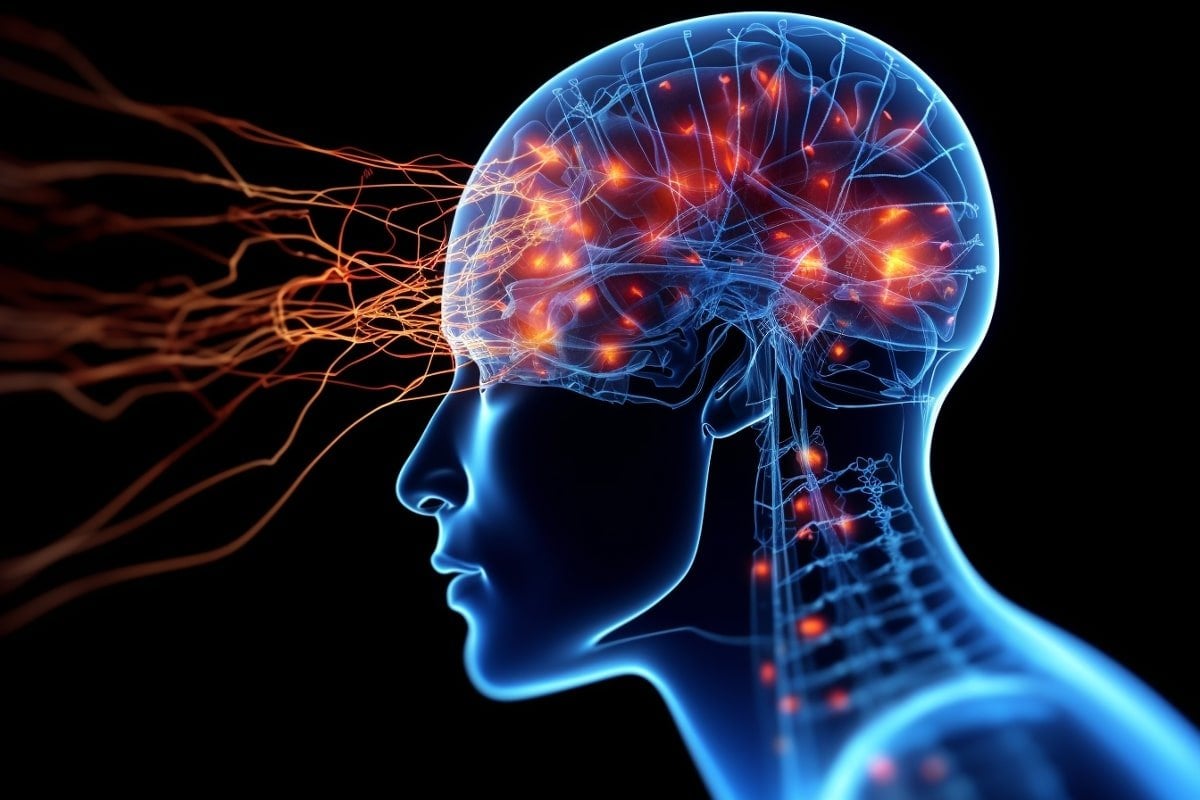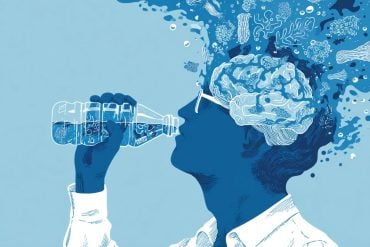Summary: Researchers successfully recorded data directly from the brains of individuals suffering from chronic pain caused by stroke or amputation. This milestone, accomplished using machine learning tools, identified specific brain regions and biomarkers associated with chronic pain.
The findings mark a significant stride towards devising novel methods for monitoring and treating chronic pain. This research is expected to inform future deep brain stimulation (DBS) therapies and guide the search for non-addictive chronic pain treatments.
Key Facts:
- This is the first study to record chronic pain-related data directly from the brain, identifying an area of the brain associated with chronic pain.
- The researchers utilized machine learning tools to analyze the recorded data, offering new insights into the brain’s representation of pain.
- The findings are expected to guide future therapies, particularly deep brain stimulation (DBS), and contribute to the development of non-addictive treatments for chronic pain.
Source: NIH
For the first time, researchers have recorded pain-related data from inside the brain of individuals with chronic pain disorders caused by stroke or amputation (phantom limb pain).
A long sought-after goal has been to understand how pain is represented by brain activity and how to modulate that activity to relieve suffering from chronic pain.
Data were collected over months while patients were at home, and they were analyzed using machine learning tools. Doing so, the researchers identified an area of the brain associated with chronic pain and objective biomarkers of chronic pain in individual patients.
These findings, published in Nature Neuroscience, were funded by both the National Institutes of Health’s Brain Research Through Advancing Innovative Neurotechnologies (BRAIN) Initiative and the Helping to End Addiction Long-term Initiative, or NIH HEAL Initiative, represent a first step towards developing novel methods for tracking and treating chronic pain.
“This is a great example of how tools for measuring brain activity originating from the BRAIN Initiative have been applied to the significant public health problem of relieving persistent, severe chronic pain,” said Walter Koroshetz, M.D., director of the National Institute of Neurological Disorders and Stroke.

“We are hopeful that building from these preliminary findings could lead to effective, non-addictive pain treatments.”
Chronic pain is one of the largest contributors to disability worldwide. Neuropathic pain is caused by damage to the nervous system itself. It most commonly occurs due to injury to the nerves in our bodies, but for the individuals in this study, their pain is thought to originate from the brain itself. This kind of pain does not respond well to current treatments and can be debilitating for people living with it.
“When you think about it, pain is one of the most fundamental experiences an organism can have,” said Prasad Shirvalkar, M.D., Ph.D., associate professor of anesthesia and neurological surgery at the University of California, San Francisco, and lead author of this study.
“Despite this, there is still so much we don’t understand about how pain works. By developing better tools to study and potentially affect pain responses in the brain, we hope to provide options to people living with chronic pain conditions.”
Traditionally, researchers gather data about chronic pain through self-reports from those living with the condition. Examples of this type of data include questionnaires about pain intensity and emotional impact of pain.
This study however, also looked directly at changes in brain activity in two regions where pain responses are thought to occur—the anterior cingulate cortex (ACC) and the orbitofrontal cortex (OFC)—as participants reported their current levels of chronic pain.
“Functional MRI studies show that the ACC and OFC regions of the brain light up during acute pain experiments. We were interested to see whether these regions also played a role in how the brain processes chronic pain,” said Dr. Shirvalkar.
“We were most interested in questions like how pain changes over time, and what brain signals might correspond to or predict high levels of chronic pain?”
Four participants, three with post-stroke pain and one with phantom limb pain, were surgically implanted with electrodes targeting their ACC and OFC.
Several times a day, each participant was asked to answer questions related to how they would rate the pain they were experiencing, including strength, type of pain, and how their level of pain was making them feel emotionally.
They would then initiate a brain recording by clicking a remote-control device, which provided a snapshot of the activity in the ACC and OFC at that exact moment.
Using machine learning analyses, the research team was able to use activity in the OFC to predict the participants’ chronic pain state.
In a separate study, the researchers looked at how the ACC and OFC responded to acute pain, which was caused by applying heat to areas of the participants’ bodies. In two of the four patients, brain activity could again predict pain responses, but in this case the ACC appeared to be the region most involved.
This suggests that the brain processes acute vs. chronic pain differently, though more studies are needed given that data from only two participants were used in this comparison.
This study represents an initial step towards uncovering the patterns of brain activity that underly our perception of pain. Identifying such a pain signature will enable the development of new therapies that can alter brain activity to relieve suffering due to chronic pain.
The most immediate benefit may be in informing ongoing studies in HEAL and BRAIN to employ deep brain stimulation (DBS) to treat chronic pain.
Ongoing and future work involving more participants will be key in determining whether different pain conditions share the OFC activity seen in these patients or how the signatures differ among persons with different pain conditions.
More modern approaches to DBS that fine-tune the stimulation based on activity biomarkers from the brain have been used to successfully treat some brain disorders including Parkinson’s disease and major depressive disorder, but those successes have required well-established brain biomarkers. For conditions such as chronic pain, the identification of biomarkers is in the early stages.
Effective and non-addictive treatments for chronic pain conditions is a main goal of NIH HEAL Initiative efforts to find scientific solutions to stem the opioid public health crisis.
The findings are a key step to identifying pain-specific biomarkers toward personalizing pain management for individuals, leading to the development of new technologies and advances to better understand brain circuit, a major component of the NIH BRAIN Initiative.
Funding: This study was funded by the BRAIN Initiative (UH3NS109556), NIH HEAL Initiative (UH3NS115631) and Defense Advanced Research Projects Agency (DARPA).
About this pain research news
Author: Carl Wonders
Source: NIH
Contact: Carl Wonders – NIH
Image: The image is credited to Neuroscience News
Original Research: Closed access.
“Prediction of Chronic Pain State Using Intracranial Neural Biomarkers” by Walter Koroshetz et al. Nature Neuroscience
Abstract
Prediction of Chronic Pain State Using Intracranial Neural Biomarkers
Chronic pain syndromes are often refractory to treatment and cause substantial suffering and disability. Pain severity is often measured through subjective report, while objective biomarkers that may guide diagnosis and treatment are lacking.
Also, which brain activity underlies chronic pain on clinically relevant timescales, or how this relates to acute pain, remains unclear.
Here four individuals with refractory neuropathic pain were implanted with chronic intracranial electrodes in the anterior cingulate cortex and orbitofrontal cortex (OFC). Participants reported pain metrics coincident with ambulatory, direct neural recordings obtained multiple times daily over months.
We successfully predicted intraindividual chronic pain severity scores from neural activity with high sensitivity using machine learning methods.
Chronic pain decoding relied on sustained power changes from the OFC, which tended to differ from transient patterns of activity associated with acute, evoked pain states during a task.
Thus, intracranial OFC signals can be used to predict spontaneous, chronic pain state in patients.






